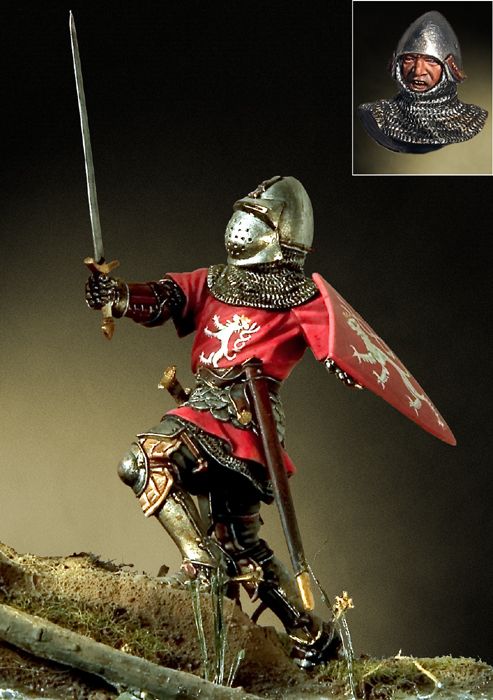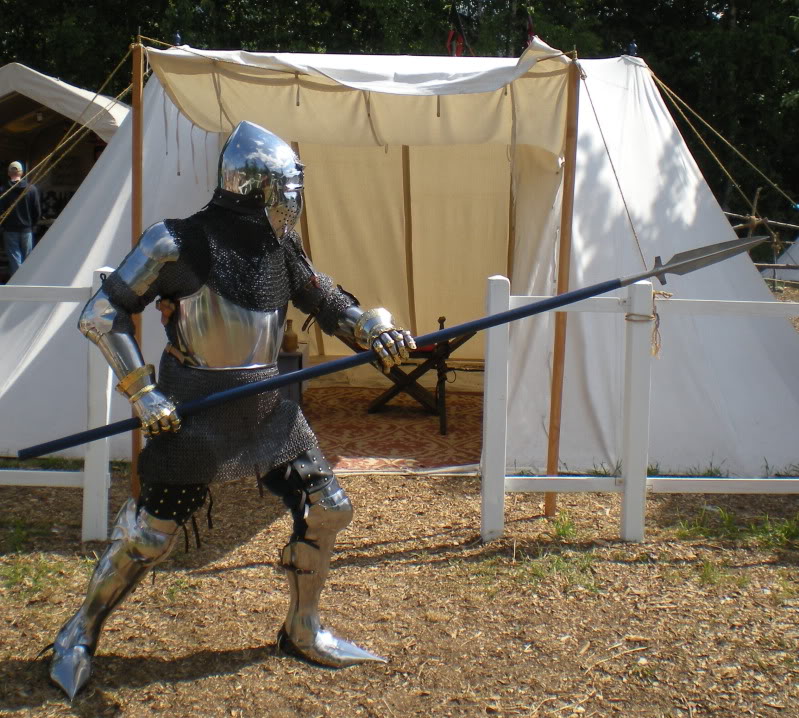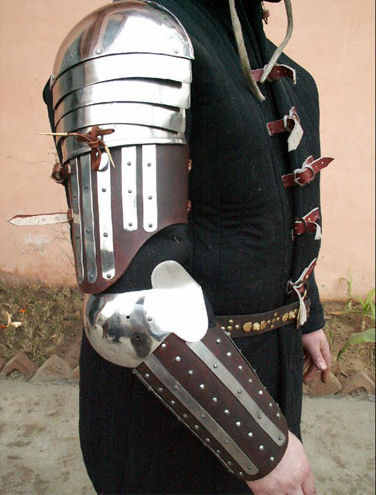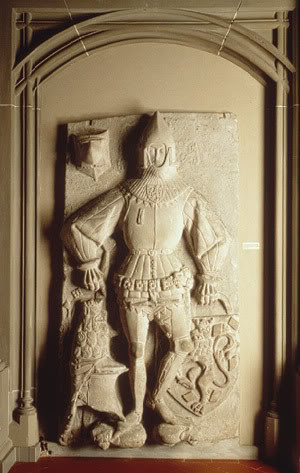:D. From what Iv seen in the figurine it all seems fairly accurate except for a few things im not sure about. The figurine shows a scale skirt but without a chest piece and the leg harnesses appear to have a "boss" over the knee, which I can't find any documentation on. From what Iv been told they wouldn't have had a scale skirt without a solid chest piece. Im concerned if I were to go that route I wouldn't be able to show on the insignia on the tabard ( which I like a lot). So my question is what time period would you date something like this, and what could I do to fit the time period better? Any historical examples would be much appreciated ;)

The harness in question



